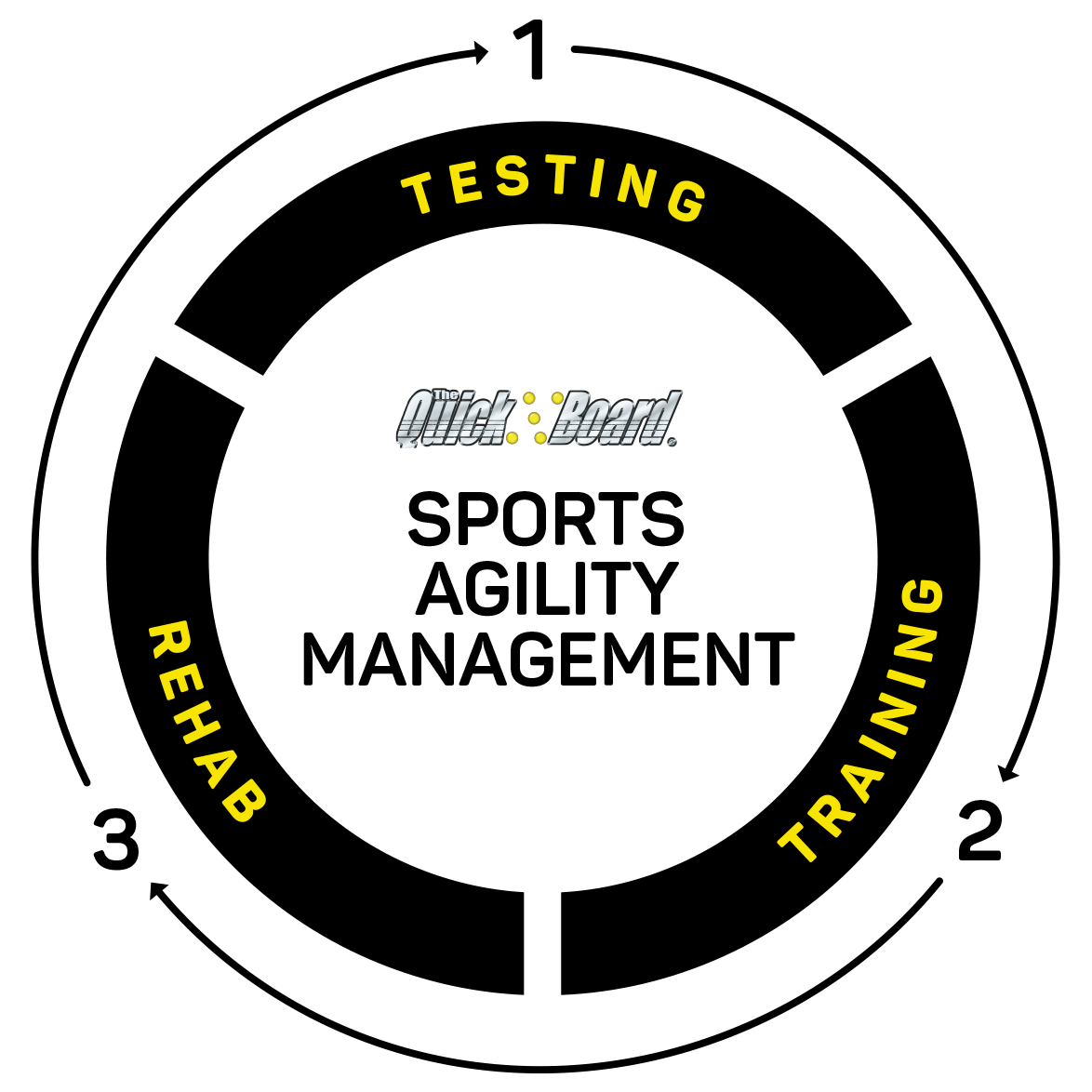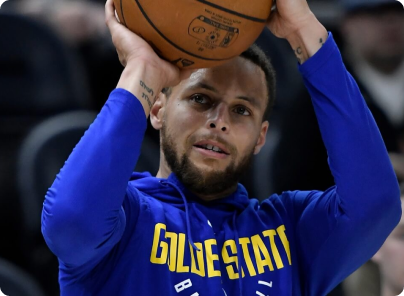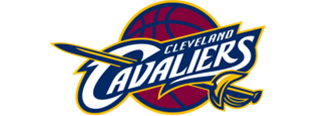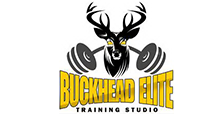Trusted by the
Originally developed for performance, The Quick Board first appeared on the market in 2012 after the Journal of Strength and Conditioning Research published a study that concluded that the Quick Board significantly increased agility. It was adopted by the NBA, NFL, and MLB and quickly became a leader in sports agility training technologies. At the same time, the Quick Board was gaining traction in rehabilitation due to new research emphasizing the need for visual-motor training to address the neurological impacts of injuries. Today, the Quick Board is used by athletes and patients worldwide to assess, train and restore injuries.

Sports Are Demanding Higher Performance
 0.2 sec
0.2 sec
Leonard Fournette can execute a cut.
 0.33 sec
0.33 sec
Stephen Curry stops and shoots while dribbling at a pace of 10 mph.
 0.9 sec
0.9 sec
The time it takes a baseball to reach the third baseman once it leaves the pitcher’s hand.
Client Testimonials
One of the best pieces of technology to assist in quantifying return to play readiness.
Our clinic applies Quick Board for stability and return to function, including returning to weight-bearing symmetry. The Quick Board allows patients to perform and re-educate the nervous system while providing feedback with scores and errors.
Overall, the Quick Board makes training athletes and rehabbing patients exciting, competitive, and fun.
In my opinion, there is no finer technology than The Quick Board for enhancing or rehabilitating visual-cognitive-motor proficiency.
Quick Board has exceeded my expectations by increasing my athletes’ performance on the court and reducing their injuries.







